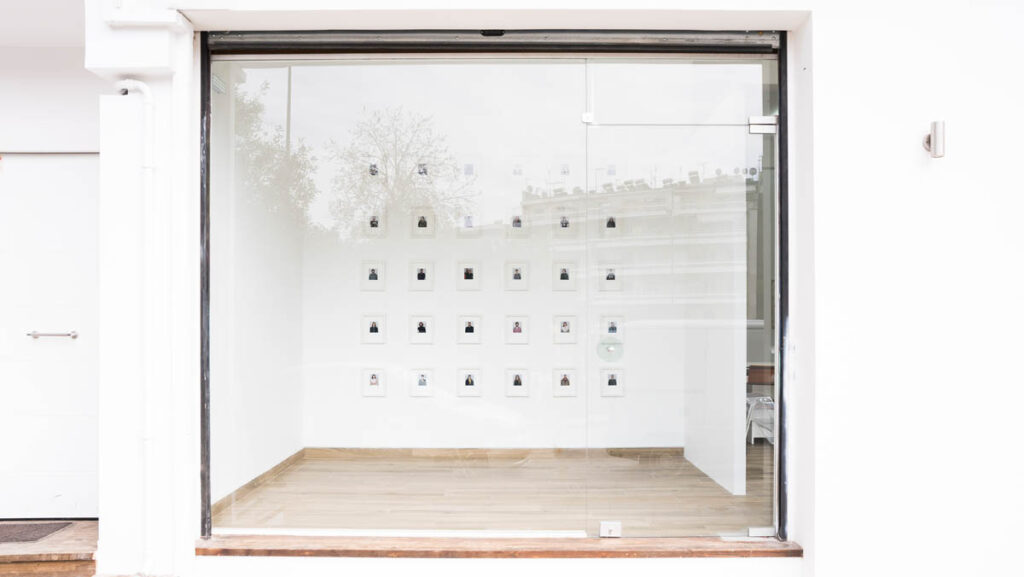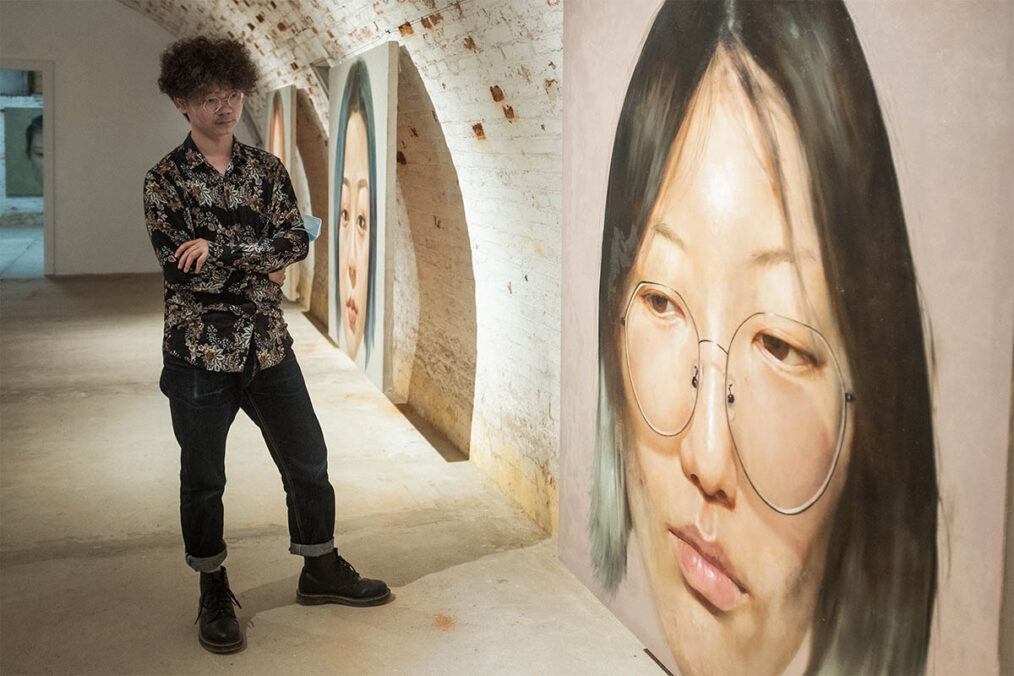
Can you tell us about your background and how you became a painter?
I was born in a rural area in southern China, where the distance between me and the art world was quite far. In such a remote village, art education was relatively scarce, especially when it came to oil painting, which is a form of art that was not commonly taught. However, I was lucky to have parents who were teachers with relatively advanced educational awareness and some financial means, which allowed me to have early exposure to computers and the internet. This exposure gave me some understanding of art. Although I showed some painting talent from a young age and liked to draw on textbooks and blackboards, I didn’t start learning painting systematically until high school. It was during high school that I realized I enjoyed painting and wanted to make it the focus of my life. So, I decided to apply to China Academy of Art, and after graduation, I worked as an art teacher. However, I later realized that teaching others how to paint was not my ideal career path. I still loved painting by myself, so I resigned from my teaching position after two years and came to Italy. I arrived in Venice to continue my studies in painting and graduated in 2019. I decided to stay in Venice for now, where I work on my own paintings and artistic creations.
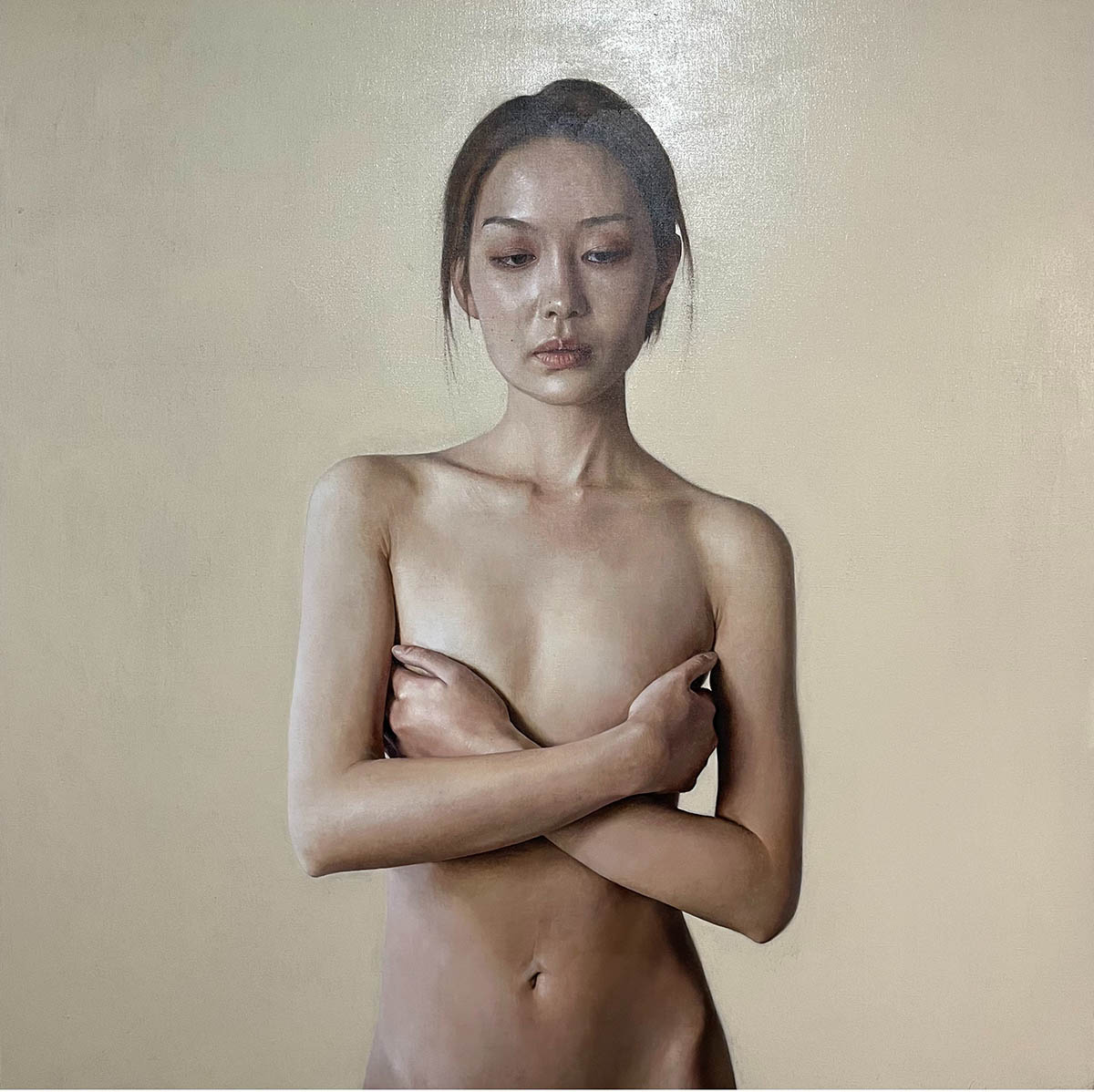
What is your inspiration?
My first series of works is a collection of 20 portraits, each measuring 150cm by 150cm. The inspiration for this series came from the COVID-19 pandemic. During the lockdown, I noticed a change in the faces of people I knew when I finally went outside after being cooped up at home. I wasn’t sure what caused the change, but it motivated me to create portraits of my friends as models to capture the shift in their faces. While viewers who don’t know the models may not see the changes, I hope they can find something of interest in the portraits.
Later, I created a series of female half-body portraits, some facing the viewer and others turning away. The inspiration for these works came from the natural beauty of women. I wanted to use my painting style to express this beauty in a simple way. Currently, I’m working on a series related to the human body, but with a touch of surrealism. I manipulate the space in some pieces, creating dreamlike images such as paper airplanes, while still retaining the inspiration from the beauty of the human form. I want to avoid monotony in my work and explore a more surreal direction.
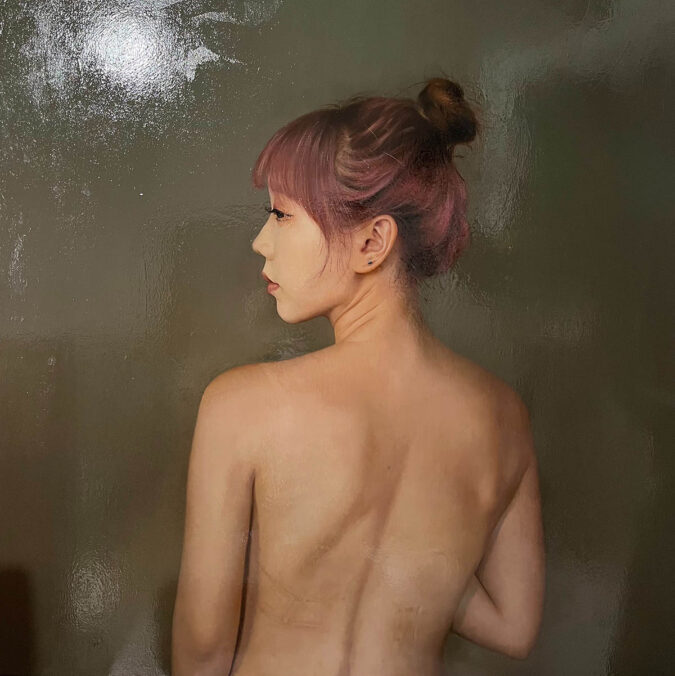
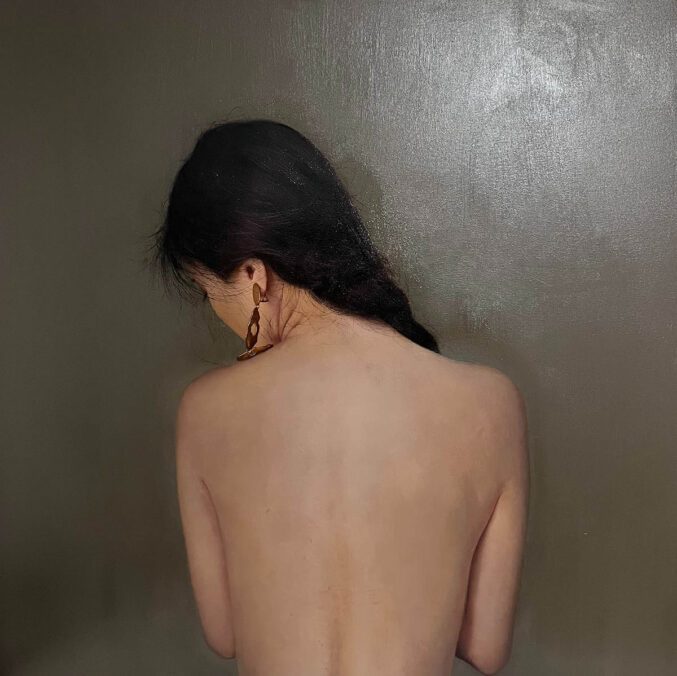
What is meant by „the psychology of character“ in the context of art, and how do artists convey this in their work?
In the context of art, the psychology of character refers to the depiction of the inner thoughts, emotions, and personality traits of a character through visual means. It involves capturing the essence of a character’s psychological state and conveying it to the viewer through the use of color, composition, lighting, gesture, and other elements of visual language. Artists convey the psychology of character in their work through a variety of techniques. For example, they might use facial expressions and body language to communicate a character’s mood and emotions. They might also use color to create a particular atmosphere or mood that reflects the character’s inner state. Composition and lighting can be used to direct the viewer’s attention and create a sense of tension or drama, while symbolism and metaphor can be used to suggest deeper meanings and psychological insights.
In short, the psychology of the character is an important aspect of art that allows artists to create more nuanced and complex depictions of their subjects. By conveying the inner thoughts and emotions of their characters, artists can create more meaningful and engaging works of art that resonate with viewers on a deeper level. In my works, I mainly convey the psychology of characters through the depiction of the models‘ expressions and body language. Facial expressions and body movements can convey a lot. As I mentioned before, my inspiration for creating my first series of portraits came from the changes I observed in my friends‘ faces after the lockdown due to the pandemic. The feedback from the audience was that many people saw stories or their own inner changes in those works. Therefore, I think this is what is meant by the psychology of characters.
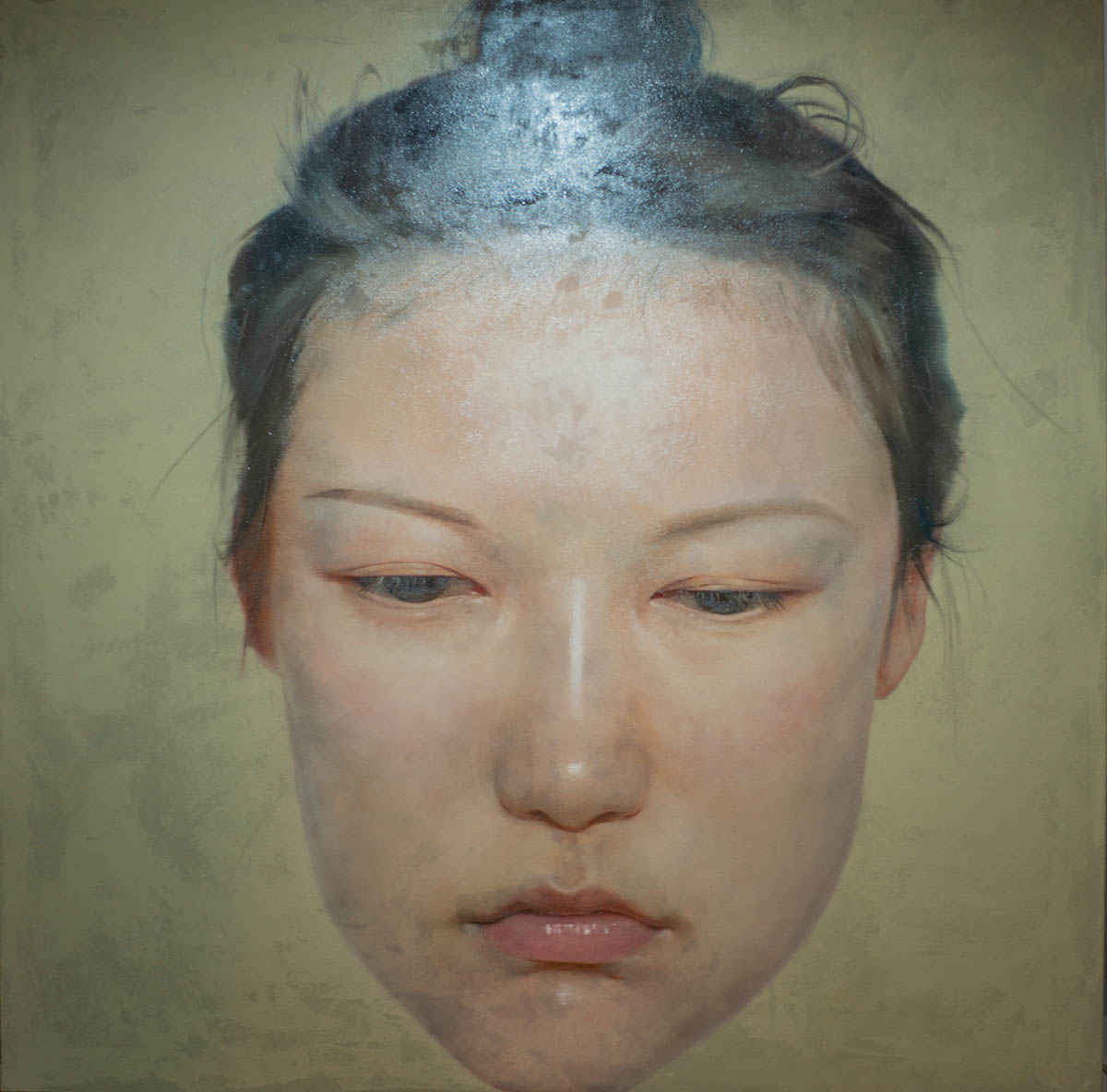
How would you describe your artistic style and the techniques you use?
To be honest, I don’t think I have developed a unified artistic style yet. Currently, my art can be classified as a particular type, such as realism or naturalism, but I can’t say I have my own distinct style yet. However, as I continue to create and experiment, I am confident that I will eventually develop my own artistic style. Regarding my use of color, I do have a personal style. I prefer clean colors with slightly lower purity. As for the techniques I use, I have studied oil painting for many years and am proficient in various techniques, such as classical techniques and glazing. However, in my creative process, I prefer to use direct painting. I enjoy observing with my eyes and then adjusting the colors to depict what I see. I find this process very enjoyable and it’s one of the things that makes me happiest when painting. Additionally, I sometimes use a grid method to aid in form modeling because I have high requirements for the accuracy of the form in my realistic work
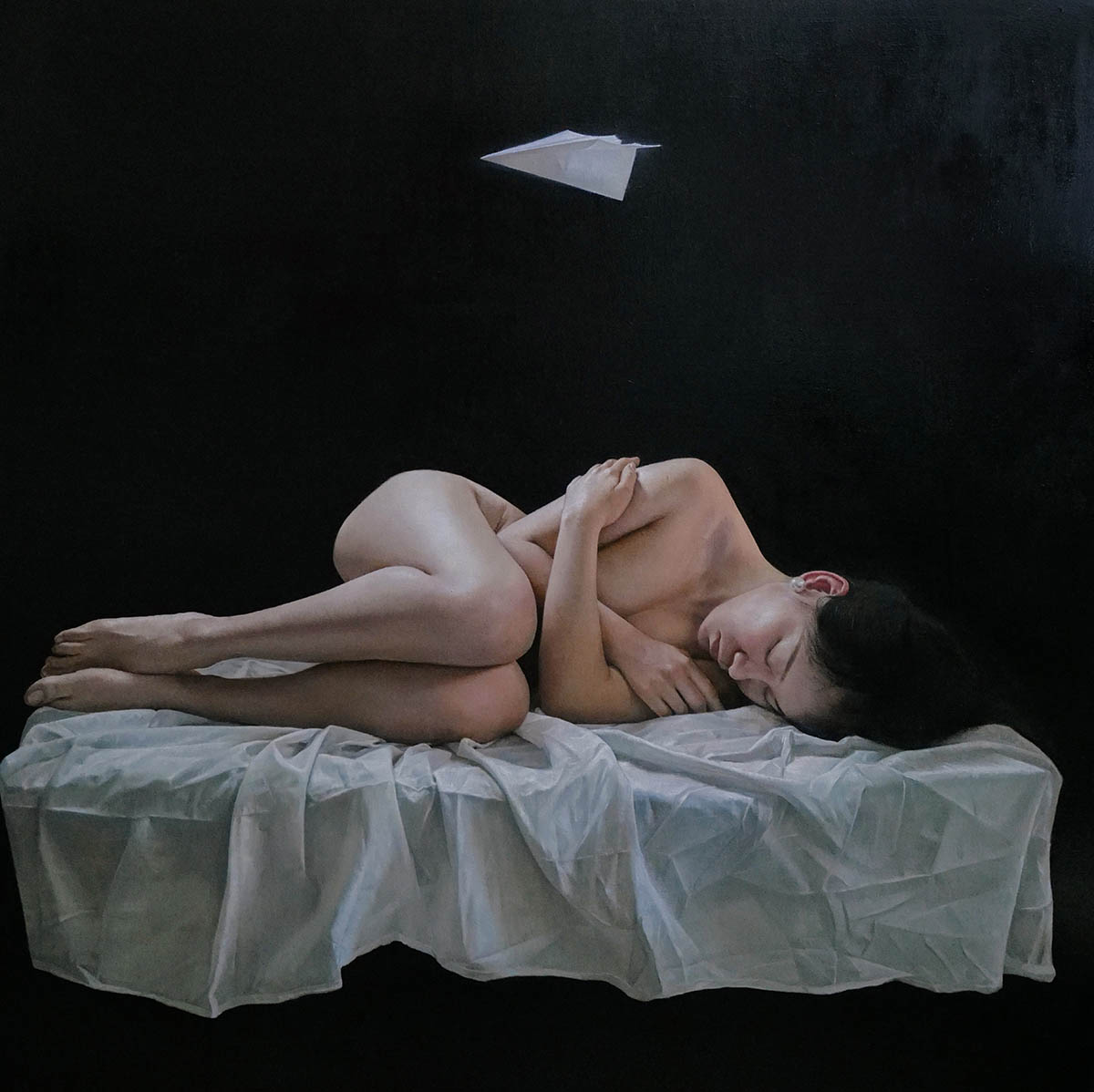
What are your plans for 2023?
In 2023, I want to first finish the series of works that I am currently working on. In my mind, I already have ideas for at least three more works, and I hope to finish them as soon as possible. Although there may be some difficulties, such as finding models, I am confident that these problems can be solved and that these works will eventually be presented. After that, I hope to hold a solo exhibition of this series of works. Of course, there are some difficulties in this, as I need to find a gallery that is willing to work with me. However, I believe that as long as the quality of the work is high, it is possible to achieve this.
Liu Xuanzhu – www.instagram.com/xuanzhuliu/




